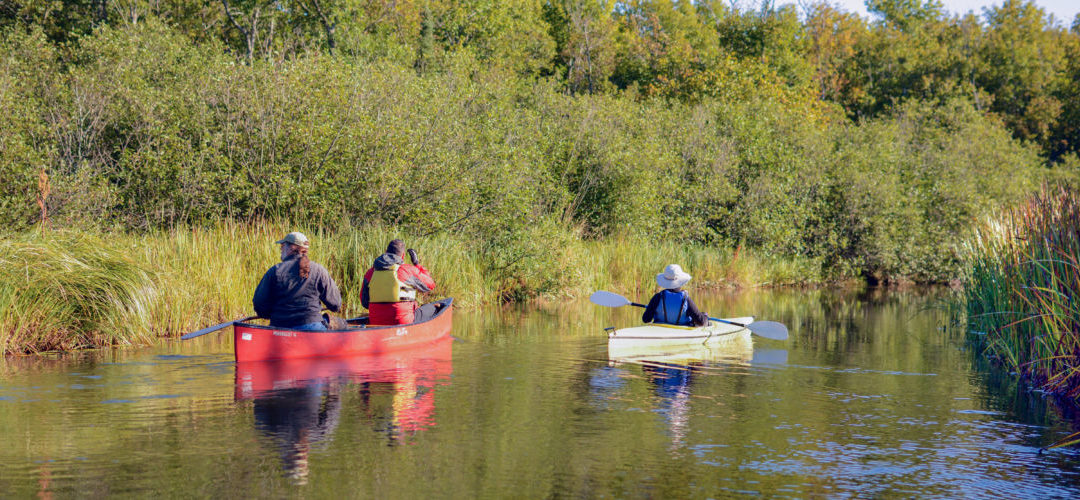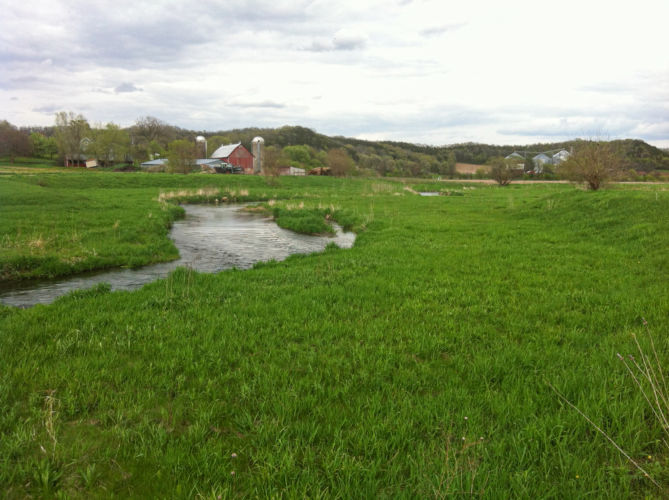The other day, I had the pleasure of taking my old Stephen Jay Gould books down off the shelf. Through much of the late ‘70’s and ‘80’s, I never missed an article of Dr. Gould’s This View of Life, published in Natural History magazine. This man could squeeze an evolutionary or natural history lesson out of just about any mundane subject.
One of the things he is known for is his involvement in the development of an idea called “punctuated equilibrium,” which addresses the speed of things related to evolutionary change. A very simple explanation of this complex theorem is that random mutations build up in populations during times of ecological stasis. When ecological change does occur, the cache of mutations built up during calm times helps bring on rapid adaptive evolutionary change when times get tough. In this theory, large-scale change comes in bursts and is not necessarily constant over time.
Reviewing these writings got me thinking about the work we do here at Wisconsin Wetlands Association (WWA) and how it relates to the speed of change.
WWA’s Board of Directors, staff, members, and partners (you all!) are busy conducting the diverse day-to-day work that add up to bring about large-scale, sustainable change in the wetland landscapes of Wisconsin. This work involves a whole host of discreet but related activities. We’re busy advancing and disseminating science-based wetland knowledge to make sure our protection, restoration, and management actions have the best results. We’re increasing the understanding of why wetlands are solutions to our water-related problems. We’re building partnerships and supporting community engagement and action. And we’re advancing the policies, practices, and funding that help make all this work happen at statewide scales.
Like punctuated equilibrium, our smaller, day-to-day activities add up over time to support larger change when the time is ripe. But unlike punctuated equilibrium, our activities are anything but random. They are carefully planned in a manner guided by our strategic plan and theory of change.
Though our work advancing wetland policy and practice is not guided by punctuated equilibrium, it is guided on the premise that many, well-planned smaller actions build up to a tipping point that makes larger change inevitable.
An example of this is the hydrologic restoration bill recently signed into law. Act 77 is the result of the build-up over several years of the kind of multi-leveled action described above. It represents a big step that helps reduce a pretty large barrier in our journey toward the realization of our vision—a state where wetlands are healthy and plentiful and support ecological and societal needs, and where citizens care for, appreciate, and interact with these natural resources.
Here at WWA, we’re greatly aware of the speed of things. We understand that the formation of our wetlands occurred over millennia. We also understand that the loss of half of our wetlands occurred over mere decades. And we desperately want to turn this around as quickly as possible. So thank you for continuing to help bring much needed change in the wetland landscape. We’ve still got a lot to do,
but our efforts together are affecting the speed of things in a good way.
Related content
From the director: What brings us together
Governor Evers signs bill encouraging more wetland and floodplain restoration




